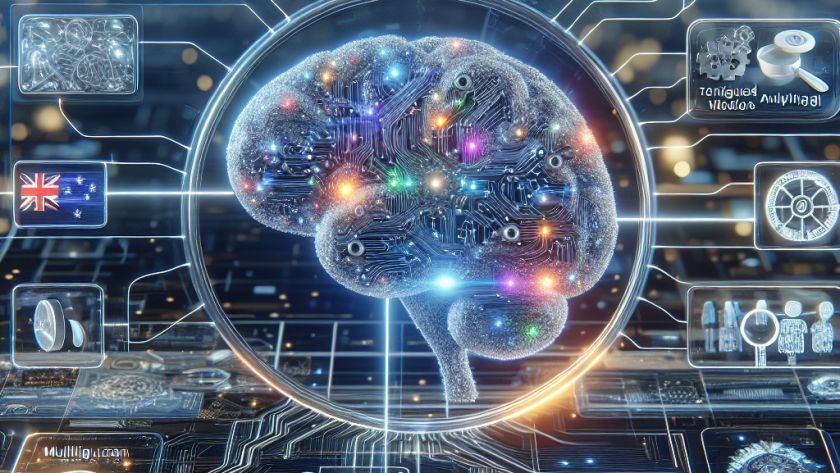Recruiting the right candidates, both inbound and outbound, often presents recruiters with a strenuous and time-consuming challenge, which often results in lengthy hiring processes, missed opportunities, and sub-par recruitment choices. This is where Serra comes into play.
Serra is an artificial intelligence (AI)-powered candidate search engine designed to ease the recruitment process. It enables recruiters…












